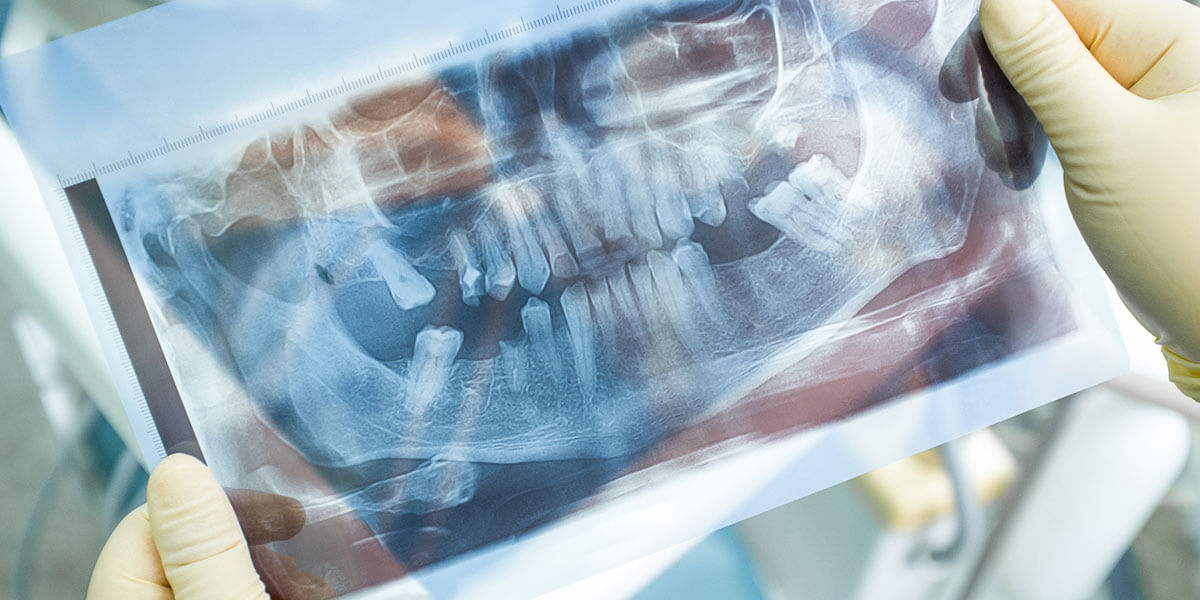Bone Grafting and Bone Regeneration

Bone Grafting
Bone grafting may be required to address defects in a patient’s jaw. Bone grafting is a form of reconstructive surgery that helps to generate and rebuild bone and increase bone density.
Bone grafting surgery is performed to correct problems that may be the result of:
- Defects present from birth
- Trauma
- Removal of a tumor
- Tooth loss and subsequent loss of bone in the related jaw area
Minor Bone Grafting
The most common bone grafting procedure is performed to enhance the upper or lower jaw bone in order to increase bone quantity and density in preparation for the placement of dental implants.
When a tooth is lost, the surrounding bone often is often affected over time. Patients without enough jaw bone mass are not candidates for dental implants. Bone grafting is often performed to reverse bone loss or enhance existing bone, allowing for the placement of dental implants after the bone graft has healed and created the necessary foundation for the implants.
Bone grafting for the purpose of rebuilding jaw bone to support dental implants can usually be done in our office. The surgeon may recommend that the grafting material be taken from the patient’s own bone or from another source. Synthetic material can also be used to generate bone growth. Bone grafting allows for proper support of dental implants or prostheses. Healing time prior to the placement of the implants is generally between 4 – 6 months, though it can sometimes take longer.
Minor Bone Grafting
Bone Regeneration
This procedure is used to regenerate lost bone around existing teeth, or in an area where teeth have been extracted. This procedure is often performed to protect existing teeth and the tissues that keep them in place from bacterial plaque. Where bone is lost or teeth have been extracted, there may be pockets where bacteria could collect and cause damage to the existing bone and tooth structures. If there are areas of concern, the gingival tissue can be folded back to allow removal of the disease-causing bacteria and placement of membranes, bone grafts, or tissue-stimulating proteins that can encourage the body’s natural ability to regenerate bone and tissue.